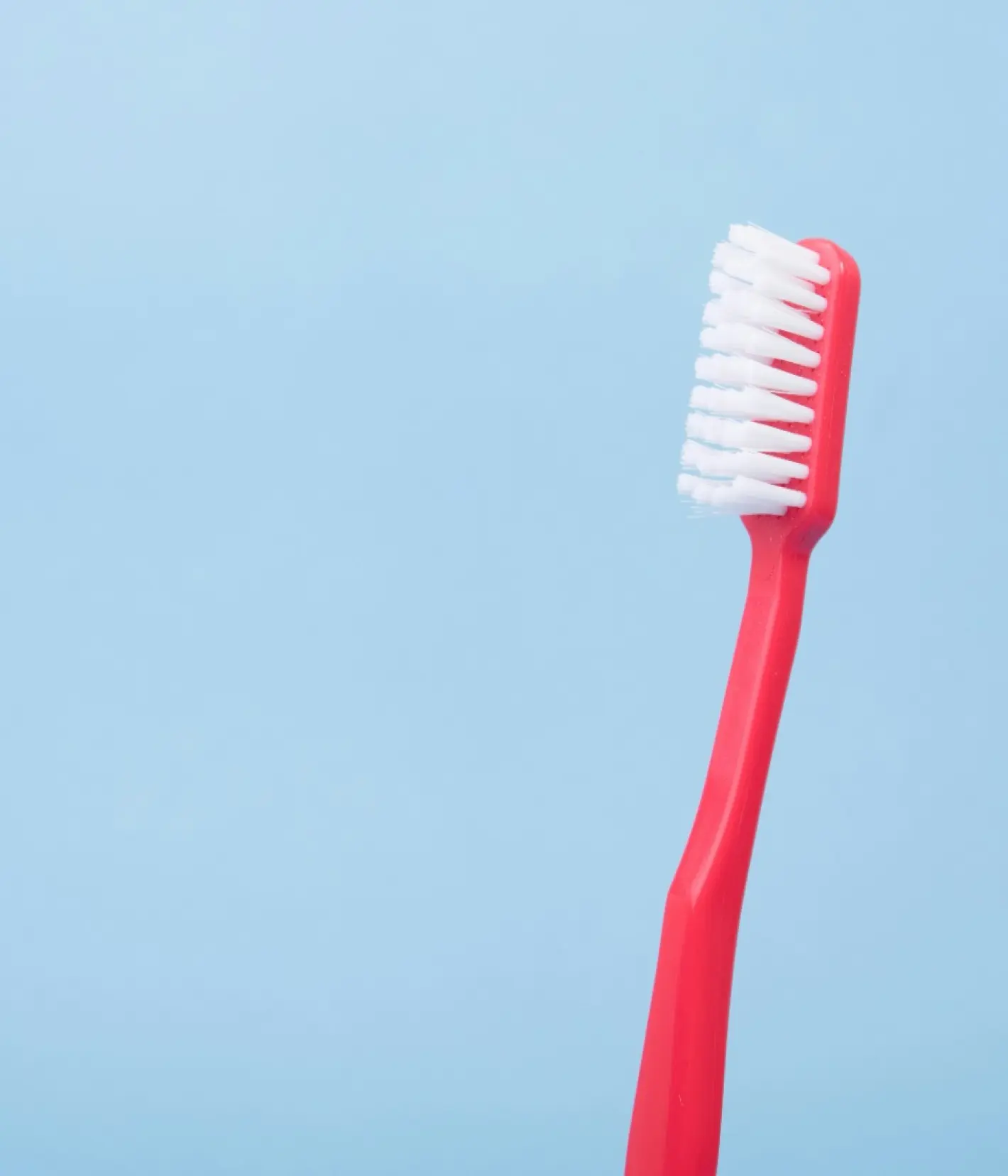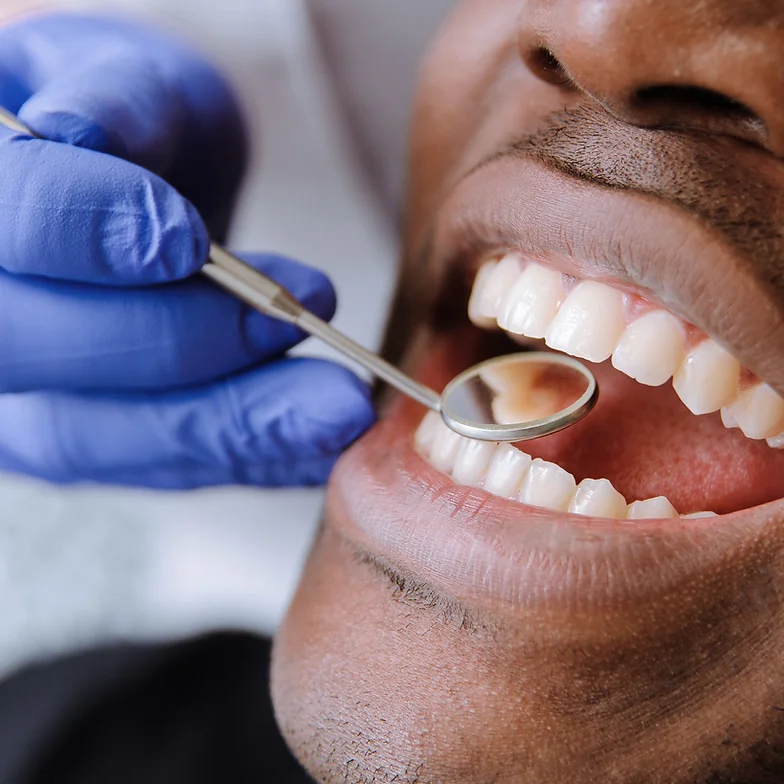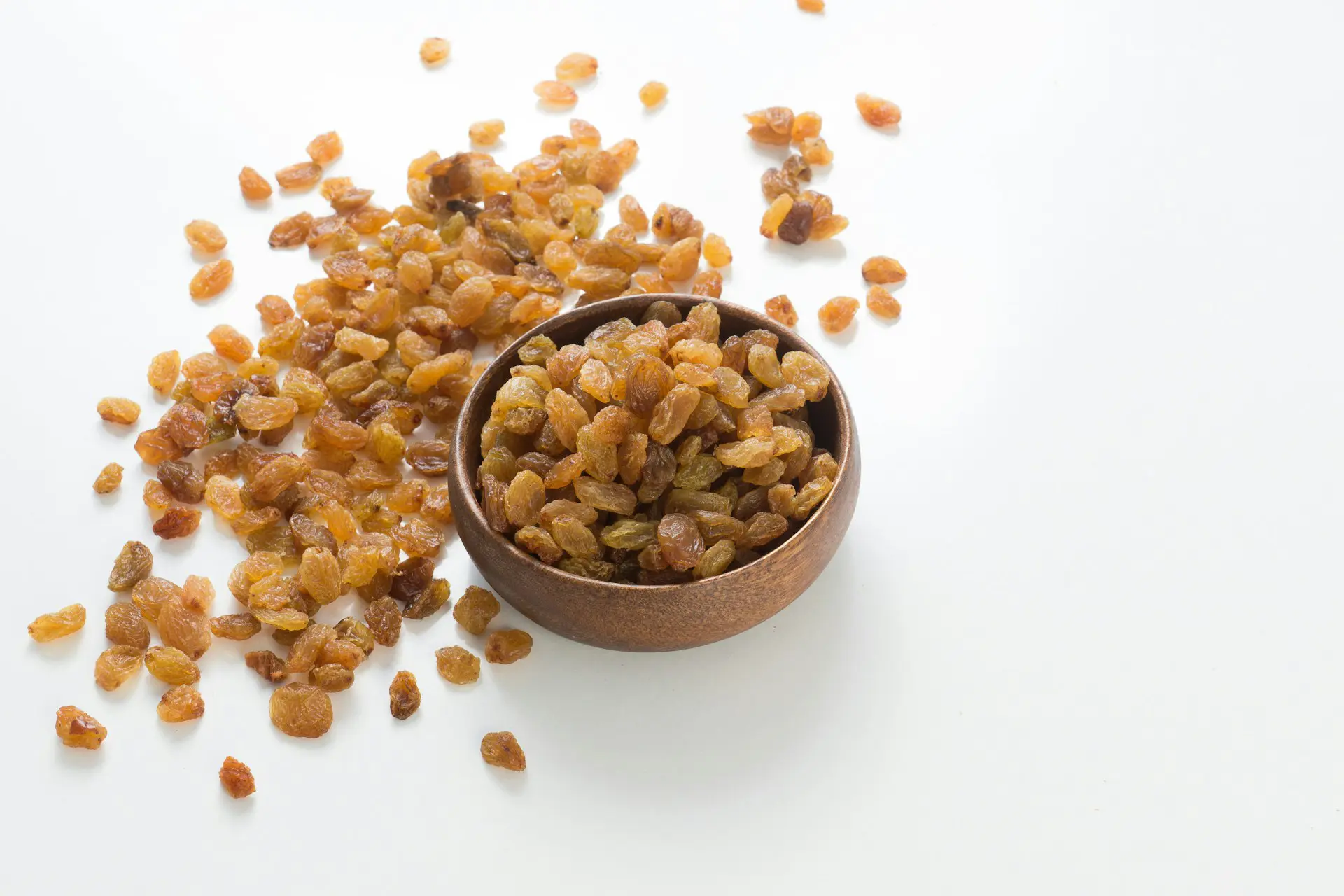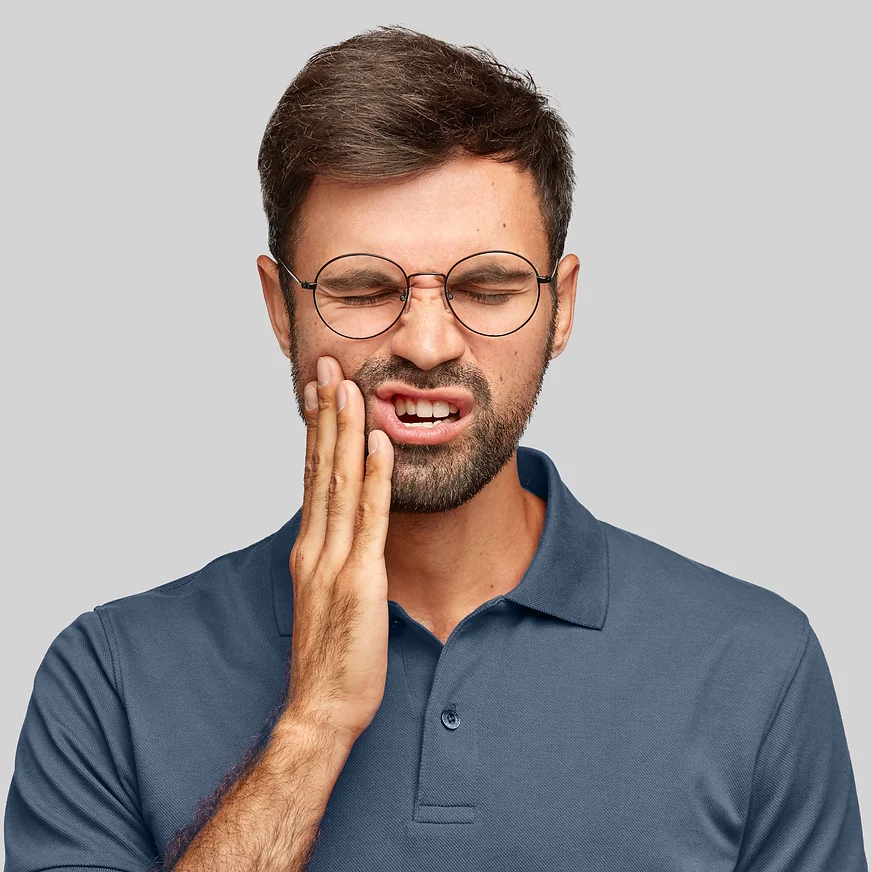
Brushing your teeth twice a day will help you achieve good oral health by removing plaque to keep your gums healthy and your teeth free of cavities.
However, plaque can sometimes stay hidden in places in your mouth that are hard to reach with a toothbrush, such as between your teeth. If left unchecked, it can turn into tartar which can cause gum disease and other oral problems.
Fortunately, your dentist can help you eliminate it and give you advice on how to prevent it from happening.
In this article, we will tell you what tartar is, how it forms and how to eliminate it.

What is tartar?
Tartar, also known as limestone, is the calcified form of dental plaque.
The mouth is covered with bacteria that have different functions. Some of them are involved in the food digestion process and help protect gums and teeth, while others are responsible for cavities and gum disease.
These bacteria fuse with proteins and different cell types to form a sticky film called dental plaque that adheres to tooth surfaces.
When this plaque is not properly removed, it mixes with minerals in saliva such as calcium and phosphate. It then solidifies and turns into tartar.

Impact of tartar on oral health
Once tartar has formed, an immune response occurs in your body, which leads to inflammation of the gums. This condition, called gum disease or gingivitis, causes the gums to swell to tartar and make them tender and prone to bleeding.
If not treated in time, it progresses to a more serious condition called periodontitis which creates deep pockets between the teeth and the gums. These pockets contain more tartar and harmful bacteria that destroy the bone and ligament that supports the teeth, ultimately leading to tooth loss.
The only way to avoid this is to remove the tartar accumulated around the teeth.

How to remove tartar?
Tartar is a solid compound that is firmly attached to the teeth. Therefore, unlike plaque, which can be easily removed with a toothbrush, tartar can only be removed by professional dental cleaning using special devices and equipment.
To do this, the dentist can use a manual or ultrasonic scaler, which are tools with a curved blade to grab and loosen the tartar. The ultrasonic scaler vibrates at high speed, which helps the dentist to remove tartar that is deeply attached to the teeth and cannot come off with a manual scaler.
In case of periodontitis, the dentist uses a special scaler that allows him to reach the tartar located in the deep pockets under the gums.
Unfortunately, even if you brush your teeth twice a day and floss, tartar can form in some places. However, good oral hygiene can significantly reduce the rate at which it forms. It is therefore essential to make periodic appointments with the dentist, as this is the only way to remove tartar and maintain healthy gums.
In addition, the dentist can give you tips on how to remove plaque more effectively and explain how to brush your teeth better, in order to help you achieve a strong and healthy smile.
Article references
HFDadmin. (2018, April 8). What exactly is dental tartar? Hastings Family Dental. Hastings Family Dental | Providing exceptional dental care since 1997! https://hastingsfamilydental.com/what-exactly-is-calculus/
Newman, T. (2018, January 5). Gingivitis: Causes, Symptoms and Treatment. Medical News Today. https://www.medicalnewstoday.com/articles/241721
Parker, H. (2020, August 23). Tartar (dental calculus): 6 tips for eliminating tartar accumulations. WebMD. https://www.webmd.com/oral-health/guide/default.htm
The role oral bacteria play in your mouth. Mountain Aire Dentistry in Broomfield. (2019, April 2). https://www.broomfielddentists.com/the-role-oral-bacteria-plays-in-your-mouth/
White, DJ (1997). Dental calculus: Recent insights into occurrence, formation, prevention, removal and oral health effects of supragingival and subgingival deposits. European Journal of Oral Sciences, 105(5), 508-522. https://onlinelibrary.wiley.com/doi/10.1111/j.1600-0722.1997.tb00238.x
Related articles
-
 Hygiène 4 min read
Hygiène 4 min readDental issues could be the cause of your bad breath
Could a dental problem be causing my bad breath? Having bad breath can have a negative impact on your daily life, affecting ...
Read more -
 Dental Health 4 min read
Dental Health 4 min readThe 10 worst foods for your teeth
Is it common? A healthy diet is essential for maintaining a healthy body and mouth. Although it is common knowledge t...
Read more -
 Dental Health 4 min read
Dental Health 4 min readTeeth grinding and its consequences
Nowadays, it is common to see that more and more people suffer from bruxism or teeth grinding. The reason for this is its clos...
Read more
We can help you if you book today!
Schedule online now or call us with any questions.
